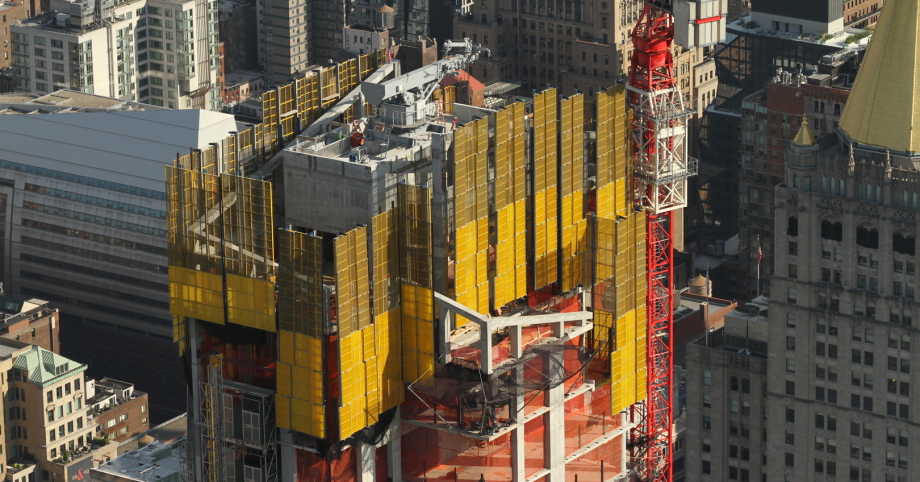Table of Contents
Endorsement by IBPSA (Malcolm Cook)
Foreword (by Godfried Augenbroe)
Preface
Acknowledgements
Endorsements (by Georg Suter, Wei Tian, Cheol Soo Park, Dru Crawley and Ruchi Choudhary)
1. Introduction
1.1 Building performance: framing, key terms and definitions
1.2 Performance in the building domain
1.3 Outline of the book
1.4 Reflections on building performance analysis
1.5 Summary
1.6 Key references
2. Building performance in context
2.1 Building life cycle
2.2 Stakeholders
2.3 Building systems
2.4 Building performance challenges
2.5 Building performance context in current practice
2.6 Reflections on the complexity of the context
2.7 Summary
2.8 Key references
3. Needs, functions and requirements
3.1 Requirement specification
3.2 Requirement types
3.3 Functional requirements
3.4 Building functions
3.5 Stakeholder world views
3.6 Building performance requirements
3.7 Building needs, functions and requirements in current practice
3.8 Reflections on building performance requirements
3.9 Summary
3.10 Key references
4. Fundamentals of building performance
4.1 Performance: the interface between requirements and systems
4.2 Quantifying performance
4.3 Experimentation and measurement
4.4 Building performance metrics, indicators and measures
4.5 Handling and combining building performance
4.6 Signs of performance issues
4.7 Building performance in current practice
4.8 Reflections on working with building performance
4.9 Summary
4.10 Key references
5. Performance criteria
5.1 Goals, targets and ambitions
5.2 Benchmarks and baselines
5.3 Constraints, thresholds and limits
5.4 Performance categories and bands
5.5 Criteria in current practice
5.6 Reflections on performance criteria
5.7 Summary
5.8 Key references
6. Performance quantification
6.1 Physical measurement
6.2 Building performance simulation
6.3 Expert judgment
6.4 Stakeholder evaluation
6.5 Measurement of construction process performance
6.6 Building performance quantification in current practice
6.7 Reflections on quantification methods
6.8 Summary
6.9 Key references
7. Working with building performance
7.1 Examples: selected building performance analysis cases
7.2 Criterion development
7.3 Tool and instrument configuration
7.4 Iterative analysis
7.5 Building performance analysis in current practice
7.6 Reflections on working with building performance
7.7 Summary
7.8 Key references
8. Design and construction for performance
8.1 Performance-based design
8.2 Performance-based design decisions
8.3 Tools for performance-based design
8.4 Performance visualization and communication
8.5 Construction for performance
8.6 Design and construction for performance challenges
8.7 Reflections on designing for performance
8.8 Summary
8.9 Key references
9. Building operation, control and management
9.1 Building performance management and control
9.2 Performance monitoring
9.3 Fault detection and diagnosis
9.4 Performance service companies and contracts
9.5 Building operation, control and management challenges
9.6 Reflections on building automation and monitoring
9.7 Summary
9.8 Key references
10. High performance buildings
10.1 Existing definitions for high performance buildings
10.2 Emerging technologies
10.3 Smart and intelligent buildings
10.4 High performance buildings challenges
10.5 Reflection: a novel definition for high performance buildings
10.6 Summary
10.7 Key references
11. Emergent theory
11.1 Observations, explanations, principles and hypotheses
11.2 Suggested guidelines for building performance analysis
11.3 Future challenges
11.4 Closure
Appendix A: Overview of building performance aspects
Appendix B: Criterion development template
Appendix C: Tool/instrument configuration checklist
Appendix D: Measurement instruments
Glossary
Building performance abbreviations
Generic abbreviations
List of figures and tables
Symbols and units
About the author
References: Longlist and secondary sources
Index


